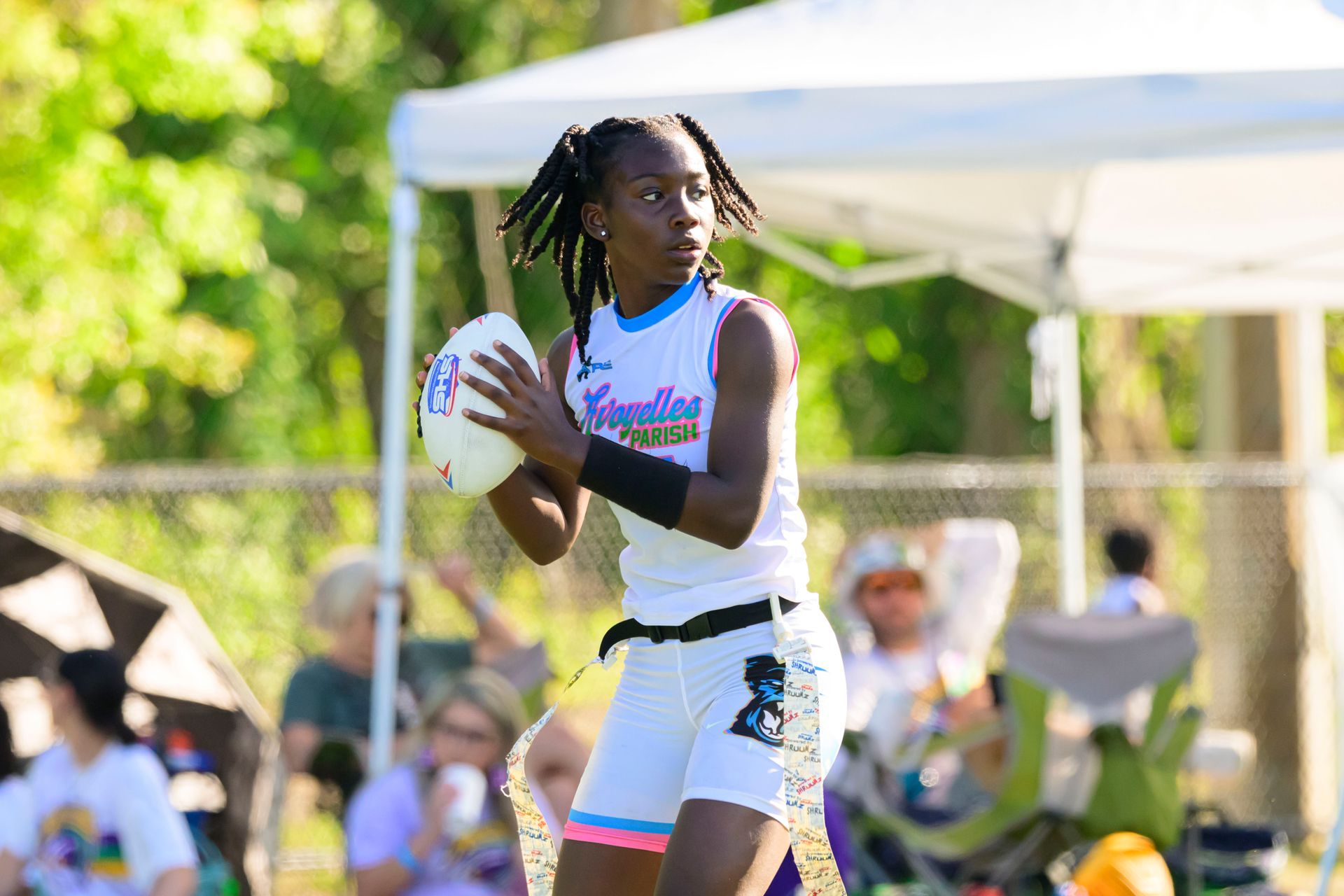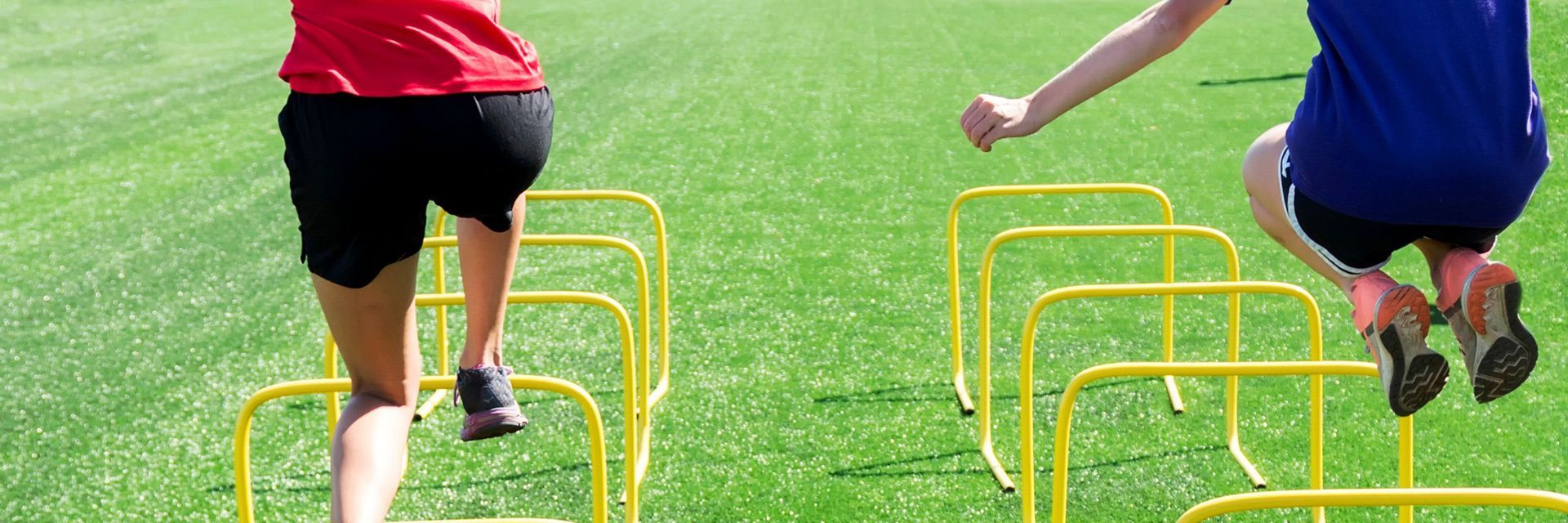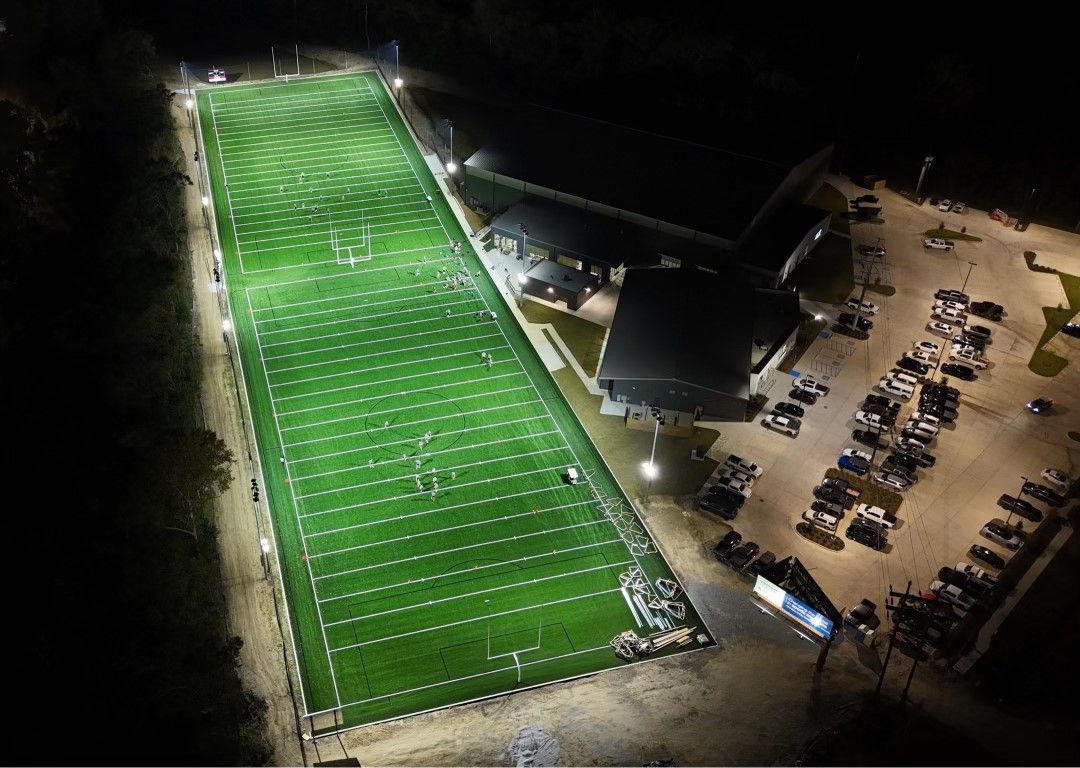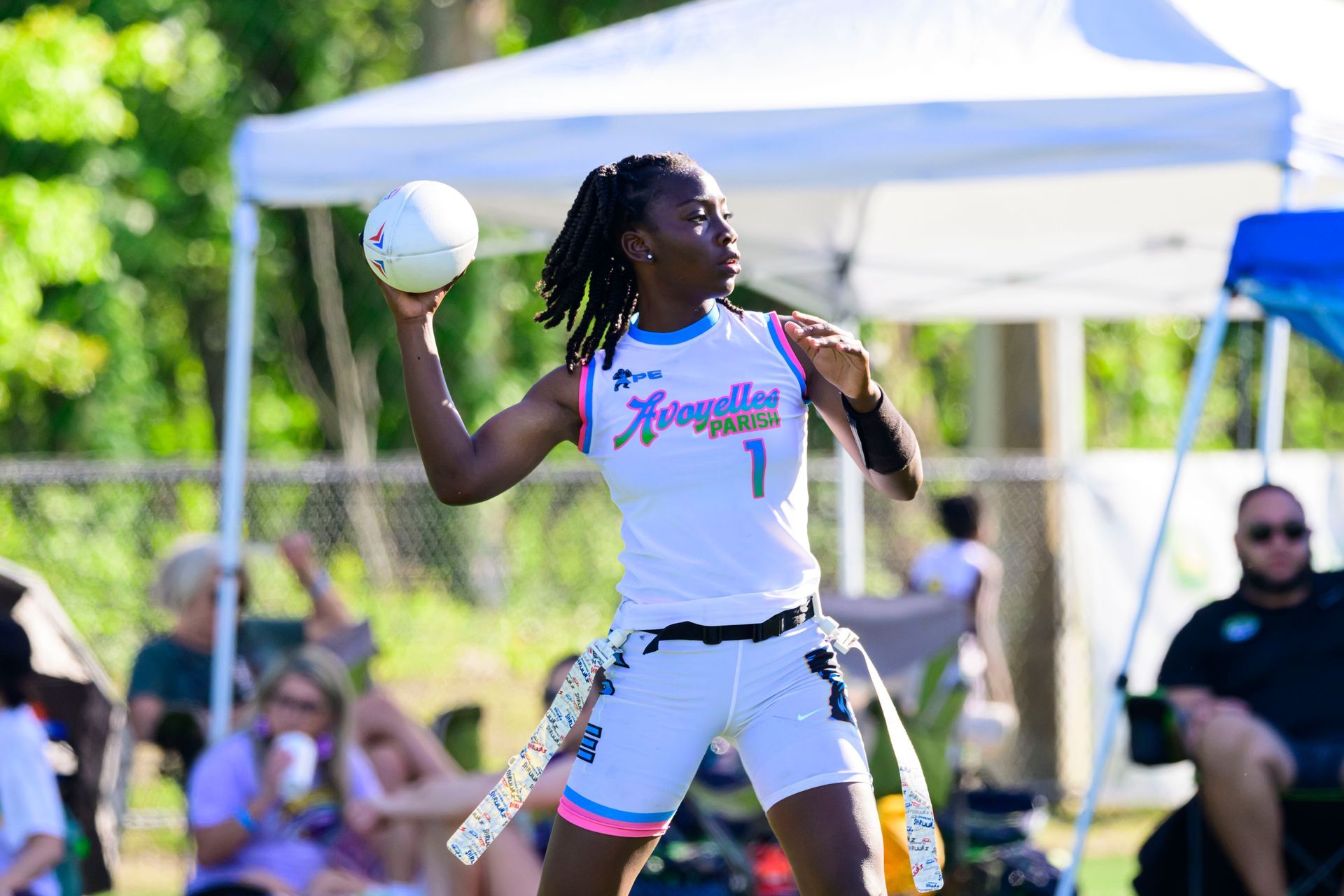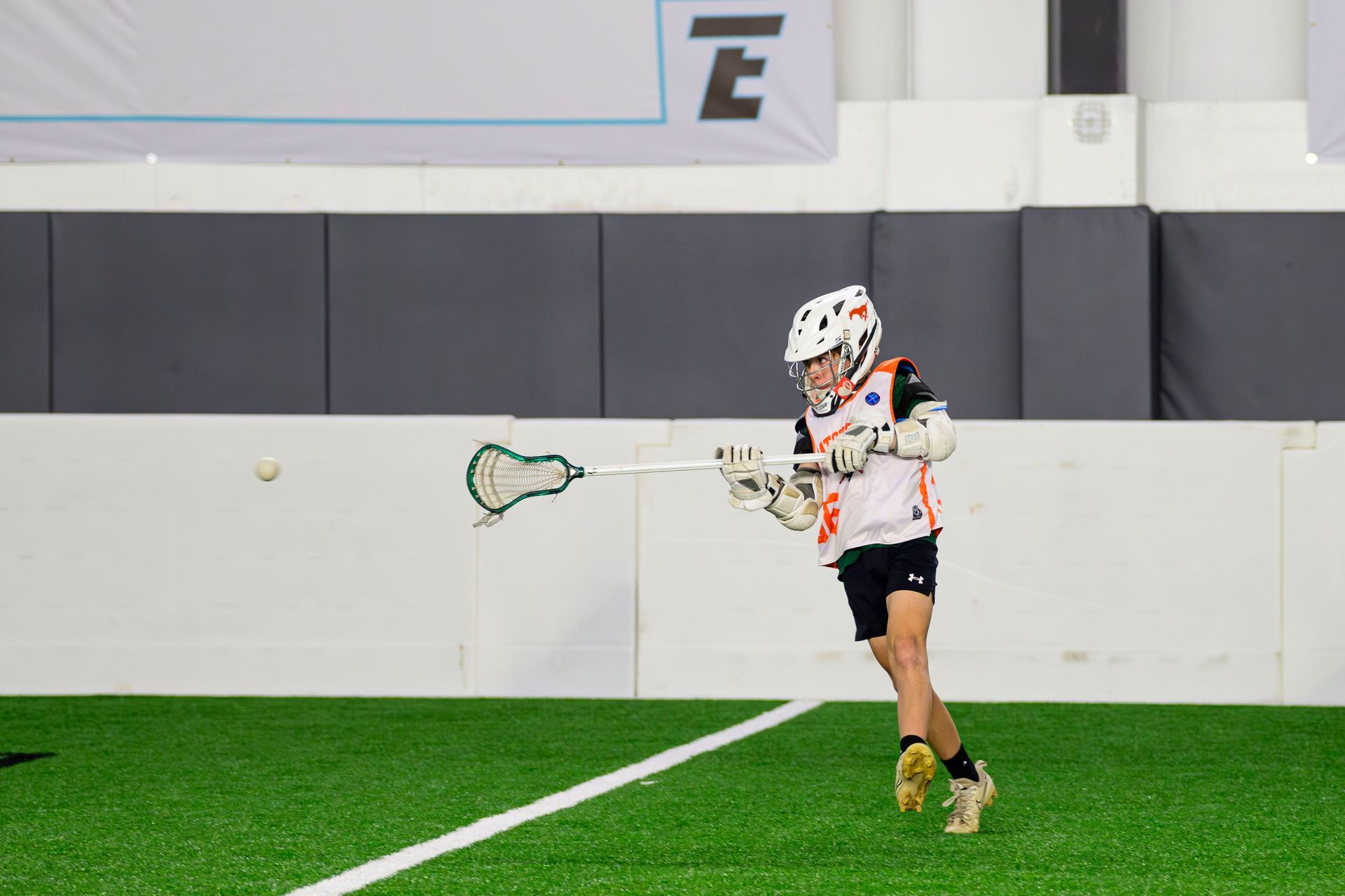Preparing for Fall Sports & Marching Band: Urgent Steps to Prevent Heat Illness

As schools kick off fall sports seasons—including football, soccer, cross country, field hockey—and marching band rehearsals, student‑athletes are facing oppressive summer heat well before full fall arrives. Recent practices have already resulted in heat‑related medical emergencies and even two fatalities, underscoring the gravity of the situation (NFHS, Athletic Business).
Why Heat Illness Prevention Matters Now
- Fall sports and marching band camps now begin in high summer heat, with heat indices exceeding 100 °F in many regions.
- Over 5 million students concurrently participate in these activities, and numerous incidents have occurred, including fatalities and heat‑related treatment for marching band members (Athletic Business).
- Though football draws attention, participants across all outdoor and indoor activities—marching band, soccer, field hockey, cheer, gym practices—are at risk (Hawaii High School Athletic Association).
Heat Illness Is Preventable
- Research from the National Center for Catastrophic Sports Injury Research (NCCSIR) shows that from 2017–2021, high school football averaged 2.4 exertional heat stroke deaths per year—an increase from 1.4 in 2012–2016.
- Importantly, nine out of eleven recent heat stroke deaths involved linemen during conditioning sessions (NFHS).
- The NFHS reminds that every heat‑stroke death is preventable with the right precautions in place (Athletic Business).
Key Prevention Strategies from NFHS
The NFHS Sports Medicine Advisory Committee (SMAC) and Learning Center offer critical guidance to school administrators, coaches, trainers, and music directors:
- Heat Acclimatization Plan: A gradual increase in practice intensity and duration over a span of days is essential, especially at the season’s start (Georgia High School Association, Athletic Business).
- Monitor Environmental Conditions: Use Wet Bulb Globe Temperature (WBGT) devices—which account for heat, humidity, sunlight, and wind—to guide safe practice decisions. Over 5,000 devices have been distributed to schools via the NFHS Foundation (Athletic Business).
- Hydration & Rest Breaks: Frequent water breaks and enforced rest periods reduce risk. Modify workouts as heat and humidity rise (Athletic Business).
- Education & Training: Schools should utilize NFHS’s free courses—“Heat Illness Prevention” and “Band Safety”—as well as SMAC’s position statements on heat acclimatization and hydration strategies (Georgia High School Association).
- State‑Level Guidelines: Many state high school associations maintain or publish heat safety rules that local schools should strictly follow (assets.nfhs.org).
Additional Insights for Marching Band Directors
Marching band participants face unique challenges: high physical exertion, heavy uniforms, and lack of typical athletic support like sideline athletic trainers. According to SMAC’s performing arts guidance, instruments and clothing can inhibit heat dissipation, further increasing risk (assets.nfhs.org).
Best practices include:
- Progressive rehearsal schedules for acclimatization
- Access to shade and hydration
- Monitoring for early signs of heat illness (such as cramps, dizziness, fainting) (assets.nfhs.org, artsadvocacy.nfhs.org).
What Schools Should Do Now
- Review and enforce heat acclimatization protocols.
- Begin each day with WBGT readings and adjust or cancel practices accordingly.
- Promote preventative education—require completion of NFHS courses by all coaching and marching staff.
- Provide adequate hydration stations and rest periods; emphasize shade and cooling strategies.
- Make sure emergency action plans (EAPs) are in place and understood by all staff.
Why This Matters for Your Program
Heat‑related illness is the leading cause of preventable death in high school athletics—and precautions are effective when rigorously applied (ossaaillustrated.com, iesa.org). As you begin fall practices and band camps, prioritize safety protocols that protect student participants across sports and activities.
By leveraging NFHS resources, educating staff, enforcing WBGT‑based decisions, and planning carefully, schools can ensure that enthusiasm for fall seasons isn’t overshadowed by preventable tragedies.
